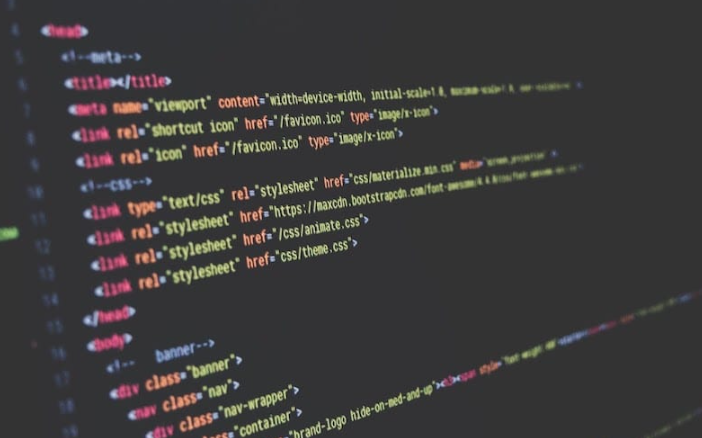
In modern web development, state management is a critical concept that can make or break the user experience. When building applications with Lightning Web Components (LWC), managing state effectively is essential to ensure your components work harmoniously. This two-part series will dive deep into state management in LWC, starting with the basics and local state management in Part 1.
What is State Management?
Before we dive into the specifics of LWC, let’s clarify what state management is. In simple terms, “state” refers to the data that determines how a component behaves and what it displays. State management is all about handling this data efficiently, ensuring it is updated and shared appropriately across different parts of your application.
A state can exist in various forms:
- Local State: Managed within a single component.
- Shared State: Shared between multiple components.
- Global State: Available across the entire application.
In this part, we’ll focus on understanding local state management within a single component and how it lays the foundation for more complex scenarios.
Local State Management in LWC
Local state management involves handling the state within an individual LWC component. This is the simplest form of state management and is often the starting point for most developers. Understanding how to manage states locally is crucial because it forms the basis for handling more complex, shared, or global states.
Use Case 1: Handling User Input
Let’s consider a simple use case where you need to manage user input within a form component. The user types into an input field, and the component needs to capture and possibly display that input elsewhere within the same component.
javascript
// myFormComponent.js
import { LightningElement } from 'lwc';
export default class MyFormComponent extends LightningElement {
userInput=""; // Local state to store user input
handleInputChange(event) {
this.userInput = event.target.value;
}
}
html
<! myFormComponent.html >
<template>
<lightninginput
label="Enter your name"
value={userInput}
onchange={handleInputChange}>
</lightninginput>
<p>Your input: {userInput}</p>
</template>
Explanation:
The userInput property in the JavaScript class is a simple example of a local state.
The handleInputChange method updates the userInput state whenever the input value changes.
The updated state is then reflected in the template, showing realtime feedback to the user.
Use Case 2: Toggling Visibility
Another common use case is toggling the visibility of a component section based on user interaction, such as clicking a button.
javascript
// toggleComponent.js
import { LightningElement } from 'lwc';
export default class ToggleComponent extends LightningElement {
isVisible = false; // Local state to track visibility
handleToggle() {
this.isVisible = !this.isVisible; // Toggle visibility
}
}
html
<! toggleComponent.html >
<template>
<lightningbutton
label="Toggle Visibility"
onclick={handleToggle}>
</lightningbutton>
<template if:true={isVisible}>
<p>This content is now visible!</p>
</template>
</template>
Explanation:
The isVisible property determines whether a section of the component is visible.
The handleToggle method flips the isVisible state, effectively toggling the visibility of the content.
Debugging Local State Issues
While local state management in LWC is straightforward, issues can still arise. Here are some tips for debugging state-related problems:
Use Console Logs: Adding console.log() statements in your methods can help you track how and when your state changes. This is particularly useful if the state isn’t updating as expected.
javascript
handleToggle() {
this.isVisible = !this.isVisible;
console.log('Visibility toggled:', this.isVisible);
}
Leverage the LWC Debug Mode: Enabling debug mode in Salesforce can help you catch errors and warnings related to state management that might otherwise go unnoticed. This mode gives you detailed logs and helps identify issues early in the development process.
Inspect with Developer Tools: Use your browser’s developer tools to inspect the DOM elements and see the current state values. For instance, you can check the properties of your LWC components in the Elements tab.
Check Data Binding: Ensure that your data bindings in the template (e.g., {userInput}) are correctly linked to your state properties. A common issue is a typo or incorrect reference that causes the state not to display or update as intended.
Conclusion and What’s Next
Local state management is the backbone of building interactive and dynamic components in LWC. By mastering local state handling, you lay a strong foundation for tackling more complex scenarios where components need to share state or manage it globally across the application.
In Part 2 of this series, we’ll explore shared and global state management in LWC, diving into more advanced use cases, techniques, and potential pitfalls. Stay tuned!
By the end of this series, you’ll have a comprehensive understanding of how to manage state effectively in LWC, enabling you to build more robust and maintainable Salesforce applications.
Read the below articles for more information :
Navigating JavaScript with Short-Circuiting
Handling State in LWC: Best Practices



